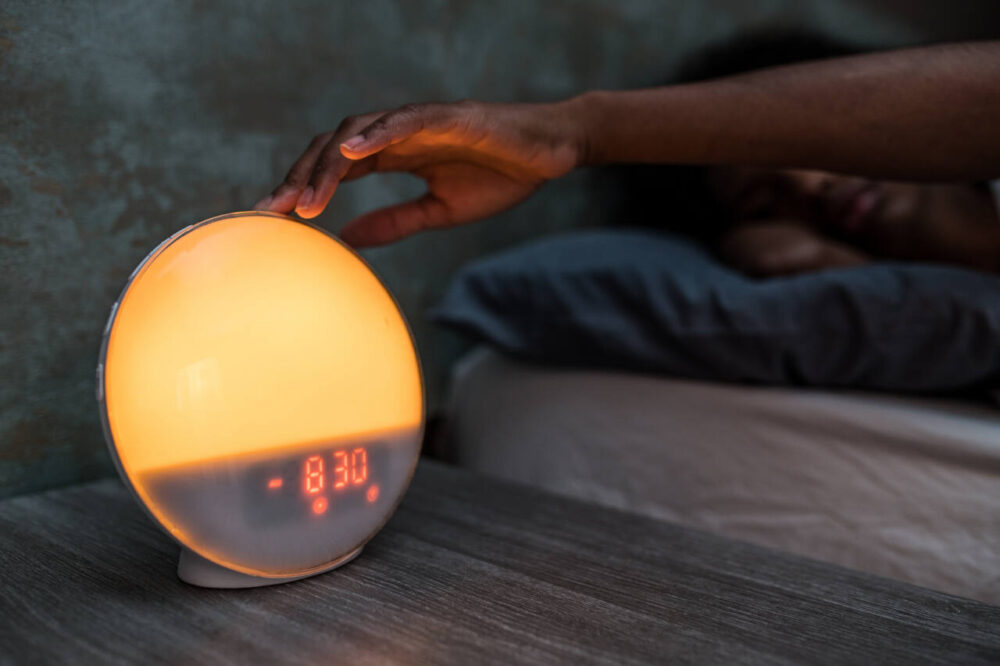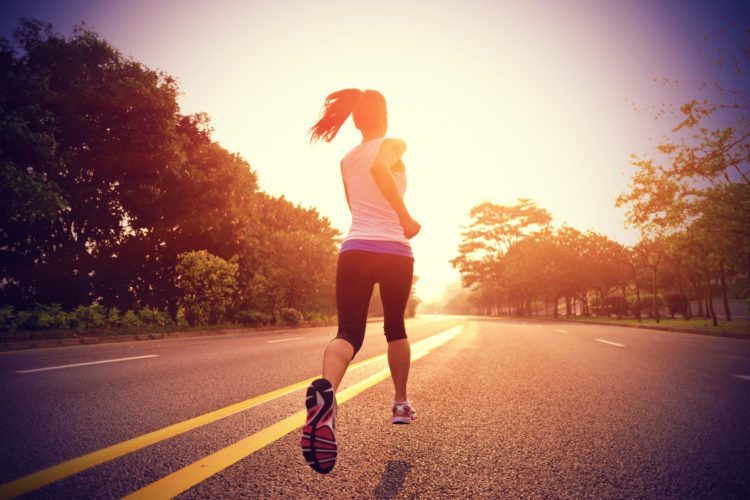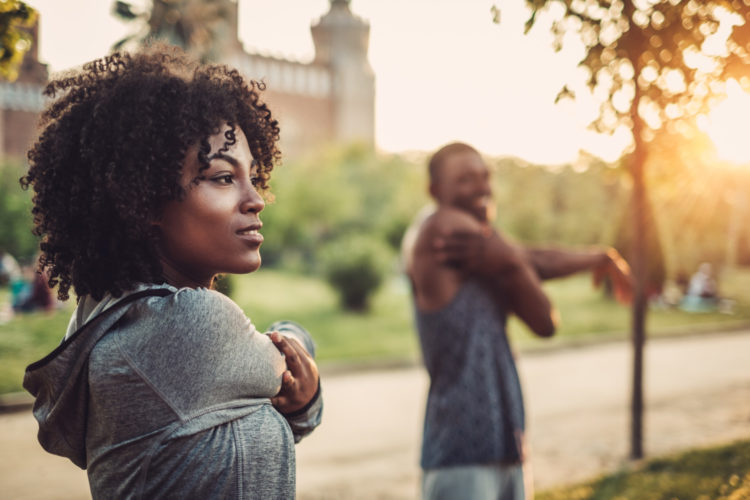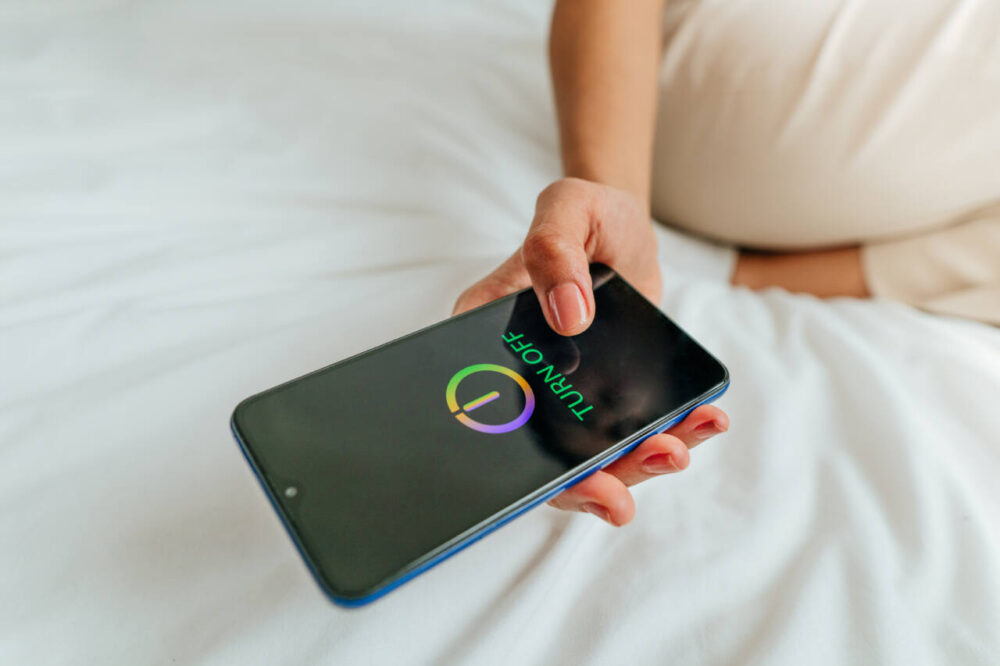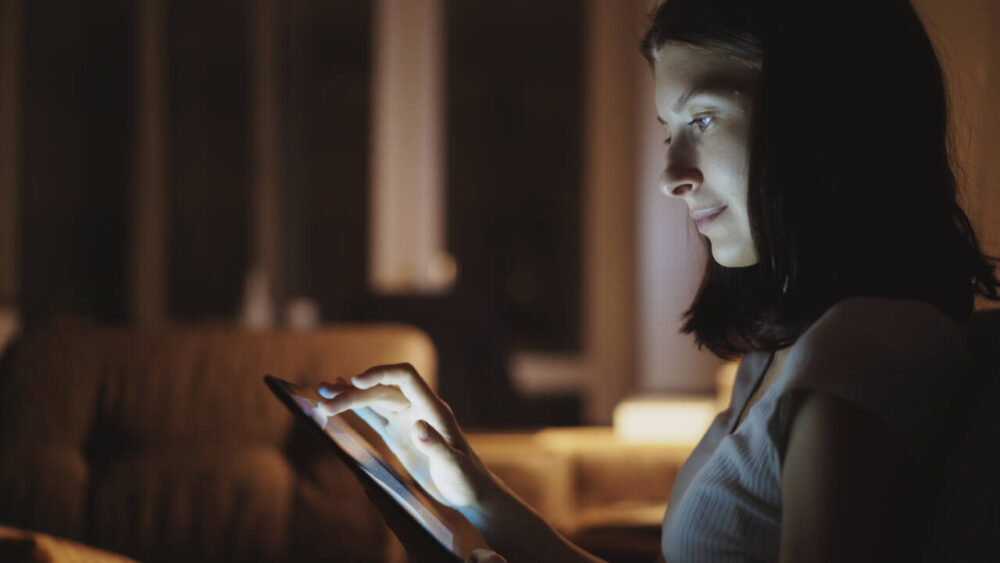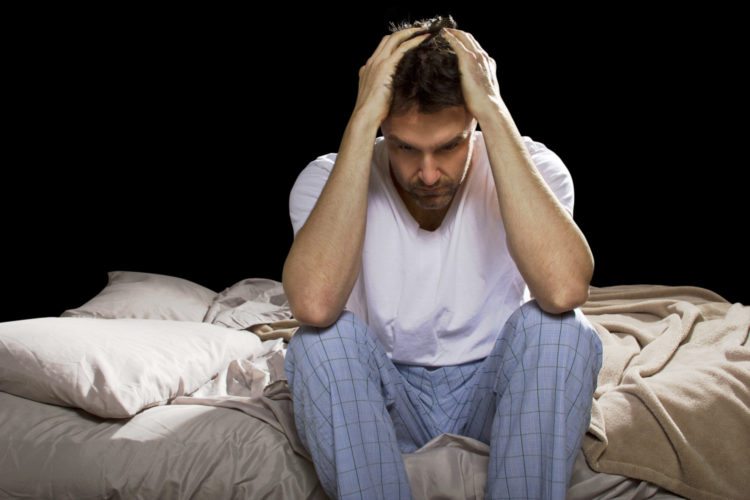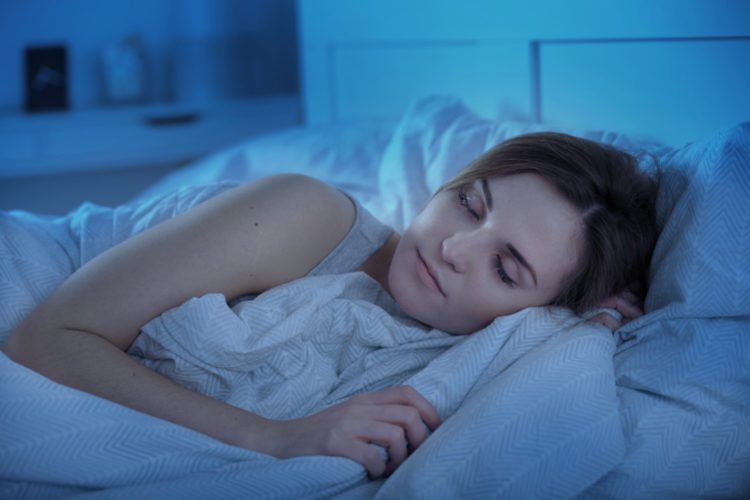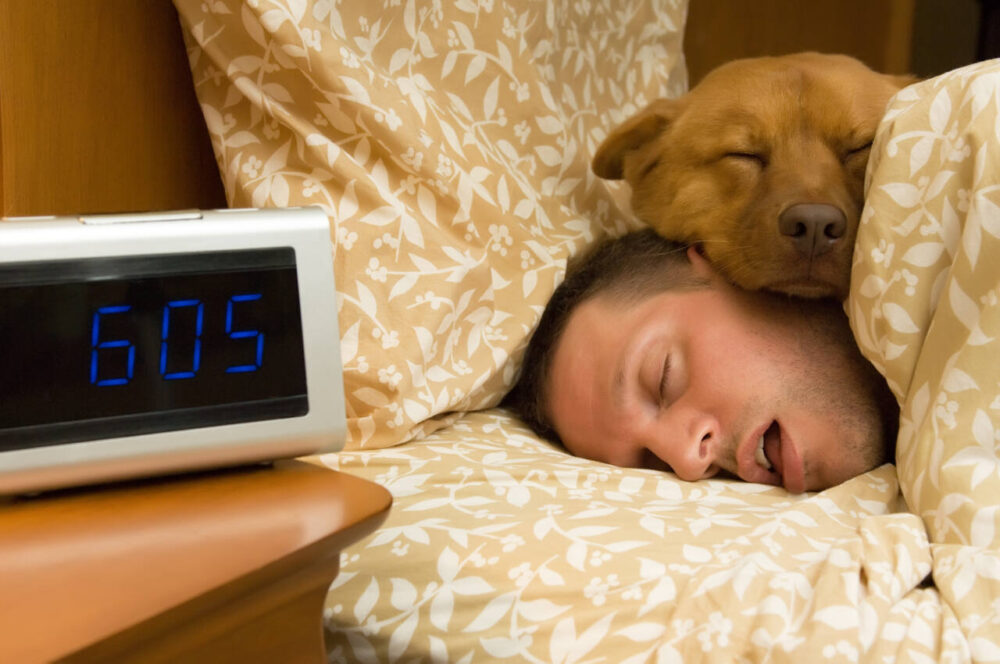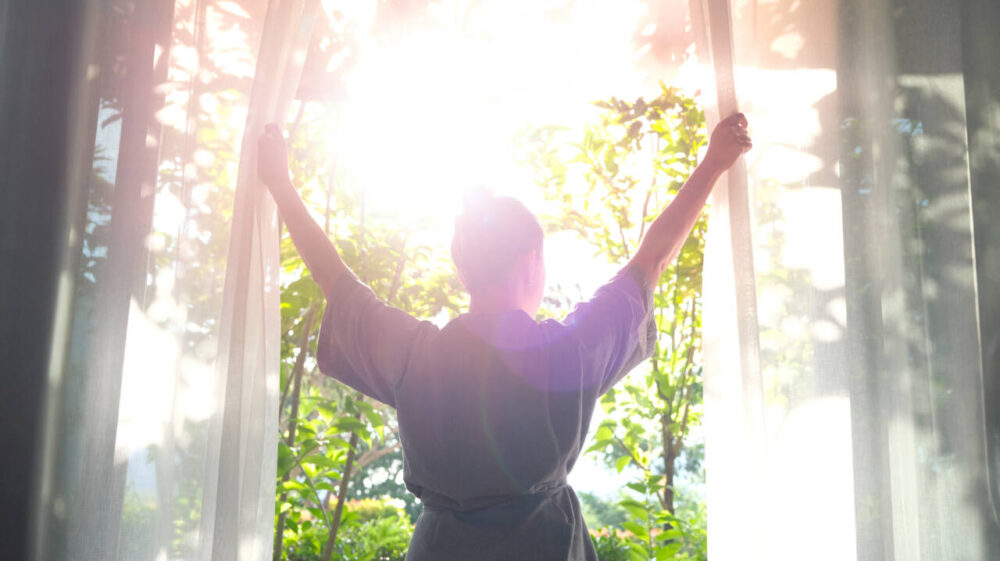10 ways to make daylight saving time easier on your body
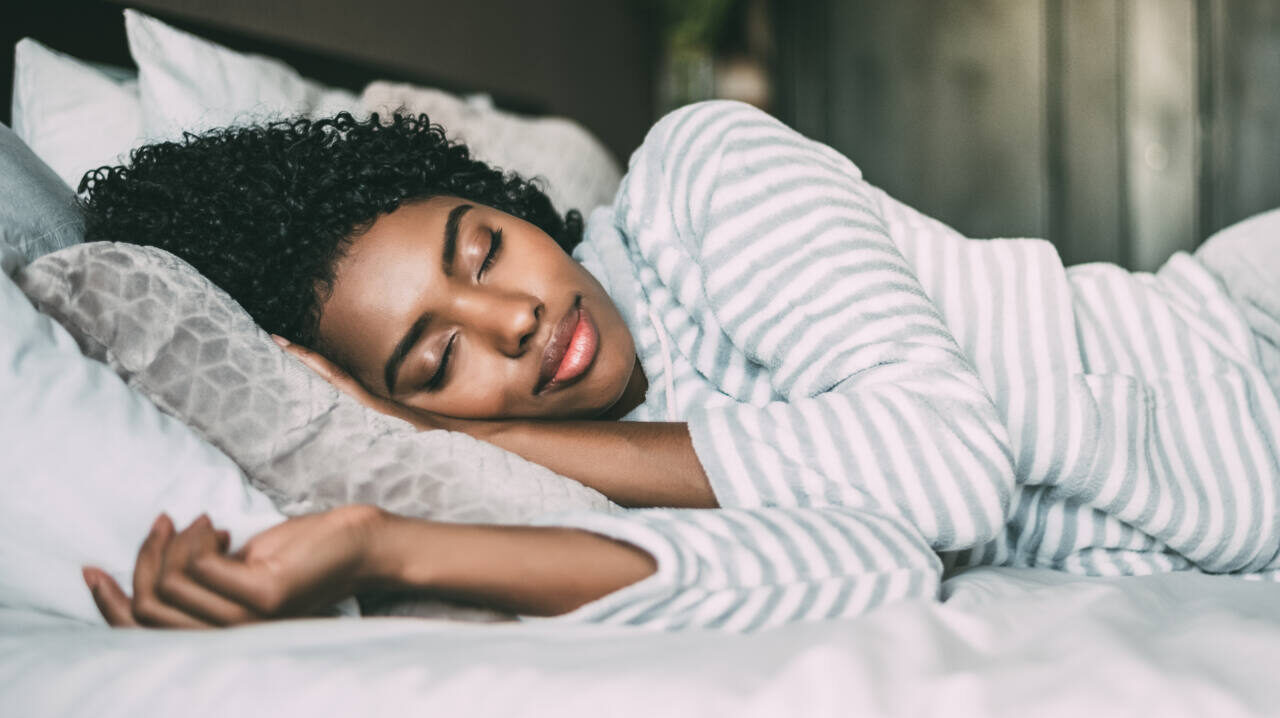
First, some good news: Spring is on the horizon, and we’ll soon be enjoying an extra hour of daylight in the evenings. The bad news? Daylight saving time begins at 2 a.m. (local time) on Sunday, March 10, which means we’ll be “springing forward” and losing an hour of sleep this weekend.
For many of us, sleep is a precious gift and we are loathe to lose even a minute, much less a whole hour! But there are a few things you can do to make the transition to daylight saving time easier on your body (and brain). If you find yourself struggling, just try to be patient — it usually takes about a week for your body to adjust to the new time change.
Why Do We Change the Clocks?
Daylight saving time started as a way to save fuel during WWI. Germany adopted the practice in 1916 — the first country in Europe to implement daylight saving. The U.S. started using daylight saving time on March 19, 1918. Though ostensibly the reason for changing the clocks was saving fuel for the war effort, the U.S. Chamber of Commerce supported the time change because it meant Americans could stay out later in the evening shopping. The U.S. paused daylight saving time after the war, then started it again during WWII, then paused it again, until 1966, when the Uniform Time Act passed, requiring states to either adopt or opt out of daylight saving time permanently.
MORE: Adjust to daylight saving time with these expert-approved wake-up lights
What Is Daylight Saving Time, Anyway?
The idea of changing the clocks twice a year has been around for more than 100 years. Englishman William Willett began advocating for setting clocks an hour later throughout the spring and summer months in his pamphlet entitled “The Waste of Daylight,” which was published in the United Kingdom in 1907. He wanted people to get up earlier in the summer.
“Everyone appreciates the long light evenings,” he wrote. “Everyone laments their shrinkage as Autumn approaches, and nearly everyone has given utterance to a regret that the clear bright light of early morning during Spring and Summer months, is so seldom seen or used.”
How Can We Prepare for Daylight Saving Time?
You might not agree with Willett’s plea to appreciate the “clear bright light of early morning” when your alarm goes off Monday morning. But not to worry — experts have shared with us ways we can adjust to the time change more easily, so we don’t have to sacrifice precious ZZZs.
Here’s what you can start doing now to get ready:
1. Start Adjusting Your Bedtime Now
In order to adjust to daylight saving time, start gradually shifting your sleep schedule by 15 minutes each day for the four days prior, advised Sara Nowakowski, who has a PhD in clinical psychology and is a sleep expert and clinical psychologist at the University of Texas Medical Branch.
For example, if your normal sleep schedule is 10 p.m. to 6 a.m., adjust to 9:45 p.m. to 5:45 a.m. on the first night; 9:30 p.m. to 5:30 a.m. on the second night; 9:15 p.m. to 5:15 a.m. on the third night, and then, on daylight saving, 9 p.m. to 5 a.m., she suggested. Your body won’t experience the change as harshly if you introduce it in smaller increments.
Pro tip for parents: This tactic also works for helping kids adjust to the time change. So, if your child usually goes to sleep at 7:30 p.m., start the bedtime process earlier so they’re all tucked in by 7:15 p.m. on the first night (four nights before daylight saving time). Continue with the earlier bedtimes as outlined above and hopefully the time change won’t be so abrupt when Sunday morning rolls around.
2. Expose Yourself to Sunlight Upon Waking Up
Crack open those blinds when you wake up and let the sunshine spill in to your bedroom! Or better yet, go for a walk or a jog. As you’re adjusting to daylight saving time by waking up 15 minutes earlier each morning, expose yourself to outside light as soon as you can, suggested Nathaniel Watson, SleepScore Labs scientific advisory board member, MD, MS, and former President of the American Academy of Sleep Medicine.
Sunlight will help reset your internal rhythms and sync you up with your earlier bedtime, he explained. You should also avoid bright light in the evenings for the same reason, according to the National Sleep Foundation.
3. Get Plenty of Exercise During the Day
You’re trying to make a schedule change and you’re dragging your body along with you. So, if you want to be ready for sleep at an earlier point in the evening, you’ve got to give your body a reason to rest. Get plenty of exercise during the daytime hours (ideally while enjoying some sunshine!) and tucker yourself out for an earlier bedtime.
4. Avoid Looking at Screens Before Bedtime
Powering down your electronics well before you turn in should already be part of your bedtime routine, as looking at artificial lights can suppress melatonin, which is a sleep-inducing hormone, explained Nowakowski. We need to produce melatonin in order to sleep, so you are messing with your natural sleep-wake cycle and actively making it harder for your body to fall asleep if you are still staring at screens right up until bedtime.
Starting at least an hour before bedtime, avoid using devices or looking at screens. If you’re wondering how to spend that last hour of awake time, try powering down yourself by reading a book, meditating, stretching or taking a warm bath.
5. Dim Your Electronics
That said, if you absolutely must look at your phone or tablet, make sure to dim the screen light and use features such as the iOS night shift mode to minimize blue light in the evening. You’ll lessen the strain on your eyes and begin to signal to your brain that it’s time for darkness and rest.
6. If You Can’t Sleep, Get Out of Bed
“We can’t force sleep,” Nowakowski said. So, if daylight saving time is causing sleep disruptions, remember it’s a temporary inconvenience. (In fact, the National Sleep Foundation said people lose 40 minutes of sleep on average during daylight saving time.)
If you’re struggling to fall asleep, get out of bed and do something relaxing until you feel sleepy, she suggested. Try listening to music, reading or meditating, and then return to bed.
7. Keep Your Bedroom Cool and Dark
Your bedroom should be like a cave: cool and dark. Research shows that 65 degrees is an ideal temperature to sleep in, according to the National Sleep Foundation. During the day, your body temperature rises and it falls at nighttime. If the air in your bedroom is too hot at night, it can interfere with your body’s natural dip and make you restless. Cooling pillows or a cooling mattress topper might help.
8. Avoid Caffeine and Alcohol
The no-caffeine tip might be obvious, as caffeine is a stimulant and if your goal is to go to sleep early, the last thing you want is to be stimulated. But alcohol can also disrupt your sleep — and it can diminish the quality of sleep you do get.
Although drinking alcohol may make you feel sleepy at first, it interferes with deep sleep and will make you more likely to wake up during the night. Cutting back on alcohol in the days leading up to DST will make it easier for your body to adjust to the new time.
9. Brew Some Banana Tea
Need help adjusting to an early bedtime? Try brewing your bedtime tea with a banana peel. Bananas are rich in magnesium, and the peels are especially loaded with the mineral that promotes relaxation, according to sleep expert Michael Breus, who has a PhD in clinical psychology. He recommended making a tea with a clean banana peel by cutting off the stem and tip. Then he boils half of the peel in water for a few minutes and adds some honey.
You can also choose foods that are great for sleep, like leafy greens, tart cherry juice and herbal teas — and avoid known sleep disruptors, like eating large meals late in the evening.
10. Don’t Sleep in Late on Sunday Morning
It might be tempting, but sleeping in late on Sunday after daylight saving time starts can make it tougher to fall asleep on Sunday night, says Chris Bratner, a certified sleep science coach and founder of SleepZoo. Try to maintain a regular sleep schedule, so you don’t throw your body out of whack.
These tips should help ease the pain of losing an hour of sleep. Of course, if all else fails, you can always pack your bags and move to Arizona or Hawaii! Those two states snub daylight saving time.
Happy sleeping!
Kate Emswiler contributed to this report.



